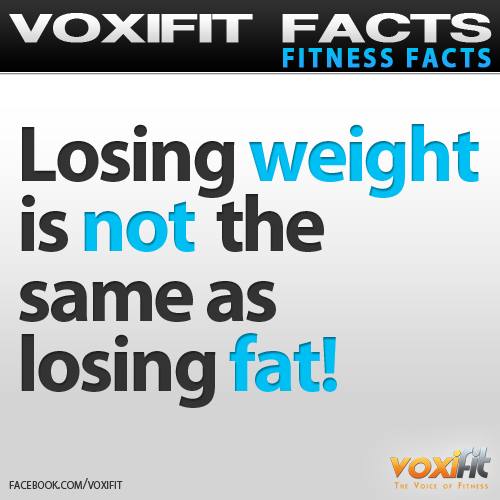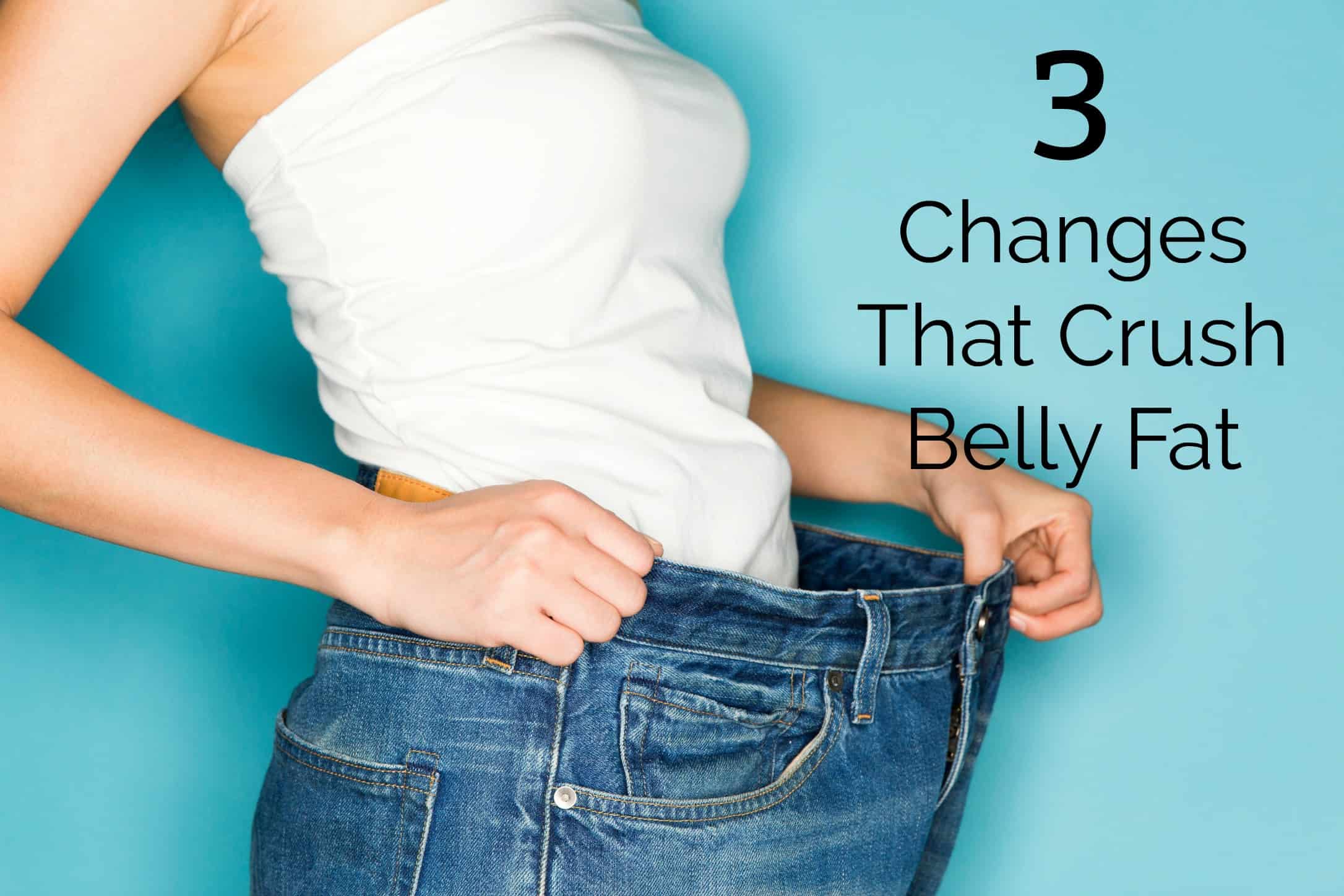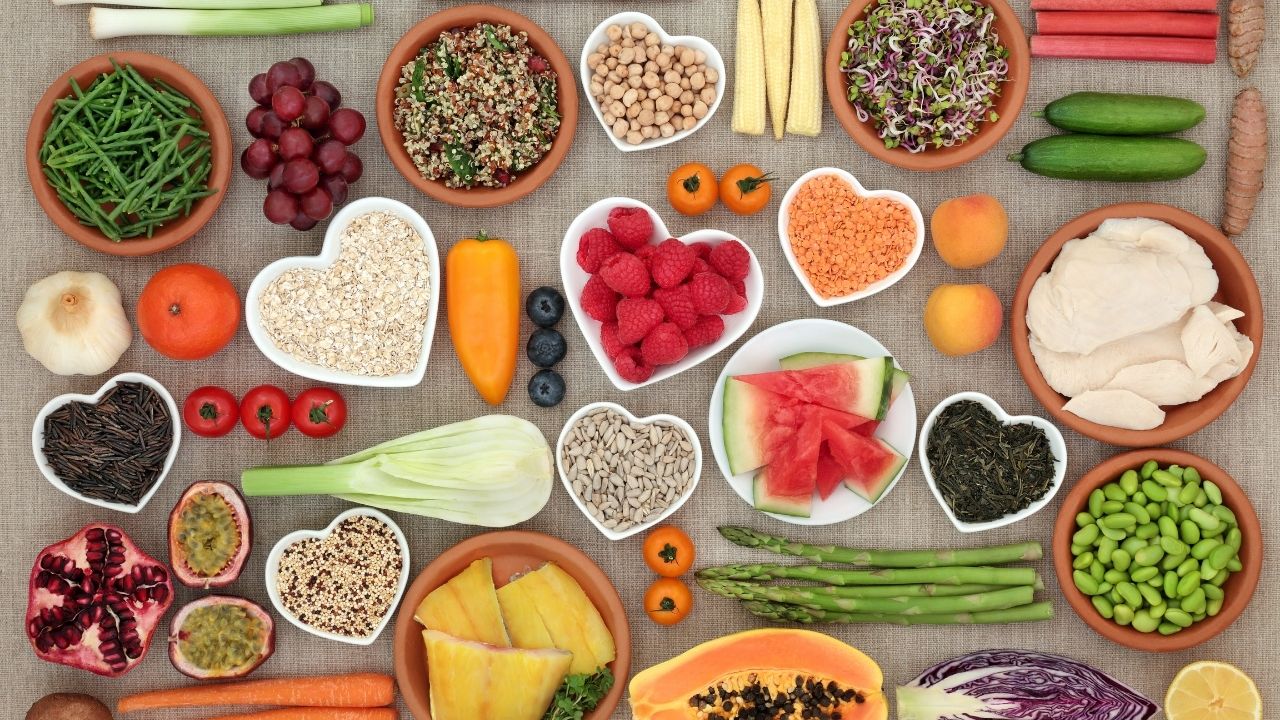
Many people wonder about how to eat the correct portion sizes. For years, this question has fascinated health-conscious people. Proper portion control is key to healthy weight maintenance and healthy eating habits. Proper portion size is key to reducing calories and maintaining healthy weight. Here are some tips to keep your meals at a manageable level. The palm of your hand can be used as a guide. The amount of protein, carbohydrate, and fats in a meal can be determined by the circumference of your closed hand.
A bowl should contain one-third of a food item and three-quarters of it is vegetables or fruit. This is the correct portion size for most foods. It is important to ensure that all meals contain some type of vegetables, fruit, or carbohydrates. You can track the calories in each meal to determine the correct portion size.

A portion size describes how much food you should consume. The size of a meat, poultry, fish, or vegetable should be the size of your palm. Starchy carbs like bread, pasta, and rice should be roughly the same size as your fist. Your hands should be about the same size as one cup of ice-cream. Your thumb and middle fingers can be used to make small desserts.
You will need to consider your budget and personal preferences when choosing a portion-control plate. Next, determine how many you want. Usually, you should choose a plate with the right proportions to prevent overeating. The serving size for each meal is the exact same. The same applies to a glass or fruit juice. A glass of juice contains just enough calories to provide a small portion.
A portion control plate should suit your needs and budget. This will help you control your portion sizes. For example, the size of your plate should be the same as your plate. The right size is also important for your health. A healthy body requires the right amount of food. You don't have to adhere to the recommendations. It is important to find the right plate for you. It will help you achieve the best possible health and weight.

You can also read the nutrition facts label to control the portion size. The Nutrition Facts label can tell you how many servings you have for the particular product. It will be second nature for you to eat the right amounts once you have mastered the concept. A healthy diet will make you feel fuller faster. A small plate will be more convenient for you, and it will help you control your portions.
FAQ
What is the best food for me?
There are many factors that influence the best diet, including your gender, age, weight, health condition, lifestyle, and personal preferences. You should also consider how much energy your exercise consumes, whether you like low-calorie or high-calorie foods, and what you enjoy in terms of eating fruits and veggies.
Intermittent Fasting is an alternative to traditional fasting if you are looking to lose weight. Intermittent fasting is a way to eat only certain meals during the day instead of three large meals. This might be better for you than traditional diets, which have daily calorie counts.
Research suggests that intermittent fasting may increase insulin sensitivity and lower inflammation. This can result in a reduction in blood sugar levels and a reduced risk of developing diabetes. Other research suggests that intermittent fasting may promote fat loss and improve overall body composition.
What are the 10 best foods to eat?
These are 10 of the best foods to eat.
-
Avocados
-
Berries
-
Broccoli
-
Cauliflower
-
Eggs
-
Fish
-
Grains
-
Nuts
-
Oats
-
Salmon
How do I count calories?
Perhaps you are wondering what the best diet is for you. or "is counting calories necessary?" The answer to this question depends on many factors, including your current health, your personal goals and preferences, as well as your overall lifestyle.
The Best Diet For Me: Which One Is Right?
My current health status, personal goals, preferences, and overall lifestyle all play a role in choosing the right diet. There are many options, both good and bad. Some diets work well for some people and others do not. So what do I do? What can I do to make the right decision?
This article aims at answering these questions. It starts with a brief introduction of the different types of diets available today. After that, you will learn about the pros and disadvantages of each type. Finally, we'll discuss which one is best.
Let's start by taking a look at the various types of diets.
Diet Types
There are three types of diets available: ketogenic, high-protein, and low fat. Let's briefly discuss them below.
Low Fat Diets
A low-fat diet reduces the amount of fats you eat. This is achieved through reducing intakes of saturated fats (butter and cream cheese, for example). These fats can be replaced with unsaturated fats like avocados and olive oil. For those looking to lose weight quickly, a low-fat diet is often recommended. However, this kind of diet may cause problems such as constipation, heartburn, and indigestion. If a person doesn’t receive enough vitamins from their foods, this can lead to vitamin deficiency.
High Protein Diets
High protein diets discourage carbohydrates and encourage the use of proteins. These diets are more protein-rich than others. These diets can help increase muscle mass and decrease calories. They may not be able to provide sufficient nutrition for people who need it. They may also be too restrictive and not suitable for everyone.
Ketogenic Diets
Ketogenic diets are also known as keto diets. They are high-fat and low in carbs and protein. They are typically used by athletes and bodybuilders because they allow them to train harder and longer without getting tired. But, they require strict adherence to avoid negative side effects like nausea, headaches, and fatigue.
How can you live a healthy life?
Healthy living means eating right, exercising regularly and getting enough sleep. It also involves managing stress and having fun. Avoiding sugar and processed foods is key to eating well. Exercise burns calories and strengthens the muscles. Sleeping enough can improve memory and concentration. Stress management can reduce anxiety and depression. And finally, having fun keeps us young and vibrant.
Statistics
- In both adults and children, the intake of free sugars should be reduced to less than 10% of total energy intake. (who.int)
- This article received 11 testimonials and 86% of readers who voted found it helpful, earning it our reader-approved status. (wikihow.com)
- The Dietary Guidelines for Americans recommend keeping added sugar intake below 10% of your daily calorie intake, while the World Health Organization recommends slashing added sugars to 5% or less of your daily calories for optimal health (59Trusted (healthline.com)
- nutrients.[17]X Research sourceWhole grains to try include: 100% whole wheat pasta and bread, brown rice, whole grain oats, farro, millet, quinoa, and barley. (wikihow.com)
External Links
How To
What does the "vitamins” word mean?
Vitamins are organic compounds naturally found in food. Vitamins aid us in absorbing nutrients from the food we eat. Vitamins cannot come from the body so food must provide them.
There are two types: water-soluble and fat-soluble vitamins. Water-soluble vitamins dissolve easily when they are dissolved in water. You can find vitamin C,B1 or thiamine, B2 or riboflavin and B3 or niacin, B3/niacin, B6/pyridoxine, folic Acid, biotin and pantothenic Acid as examples. The liver and fatty tissues are home to fat-soluble vitamins. You can find vitamin D, E K, A, beta carotene, and other fat-soluble vitamins.
Vitamins can be classified according to biological activity. There are eight main groups of vitamins.
-
A - Essential for healthy growth and health maintenance.
-
C – essential for proper nerve function.
-
D - Essential for healthy teeth and bones.
-
E - Required for good vision & reproduction
-
K – Required for healthy nerves & muscles.
-
P - Vital for strong bones and teeth.
-
Q - Aids digestion and iron absorption
-
R - Red blood cells are made from red blood cells.
The recommended daily allowance (RDA) of vitamins varies depending on age, gender, and physical condition. RDA values are set by the U.S. Food and Drug Administration (FDA).
For example, the RDA for vitamin A is 400 micrograms per dayfor adults 19 years or older. For fetal development, pregnant women need 600 mg per day. Children ages 1-8 require 900 micrograms per day. Children under 1 year old require 700 micrograms daily, while infants over one year old need 500 micrograms every day. This decreases between 9 and 12 months.
Children aged 1-18 years need 800 micrograms daily, while children overweight require 1000 micrograms per days. Children who are severely obese or underweight will need 1200 micrograms each day.
Children between 4 and 8 years old with anemia will need 2200 micrograms daily of vitamin C.
2000 micrograms per person is necessary for general health. Breastfeeding or pregnant women require 3000 micrograms per daily due to higher nutrient demands.
Adults over 70 need 1500 micrograms daily, as they lose 10% of their muscle every ten years.
Women who are pregnant, nursing or breastfeeding need more than the RDA. Pregnant woman need 4000 micrograms daily in pregnancy, and 2500 per day after childbirth. Breastfeeding mothers need to consume 5000 micrograms every day when breastmilk has been produced.